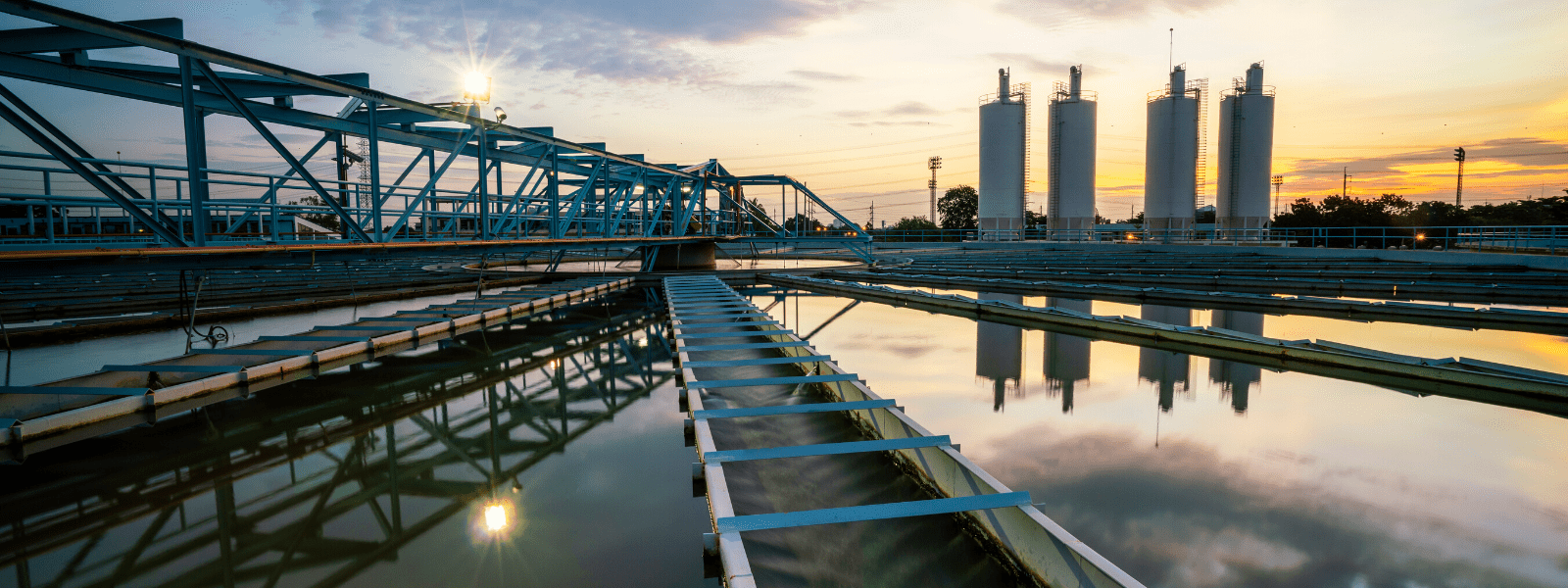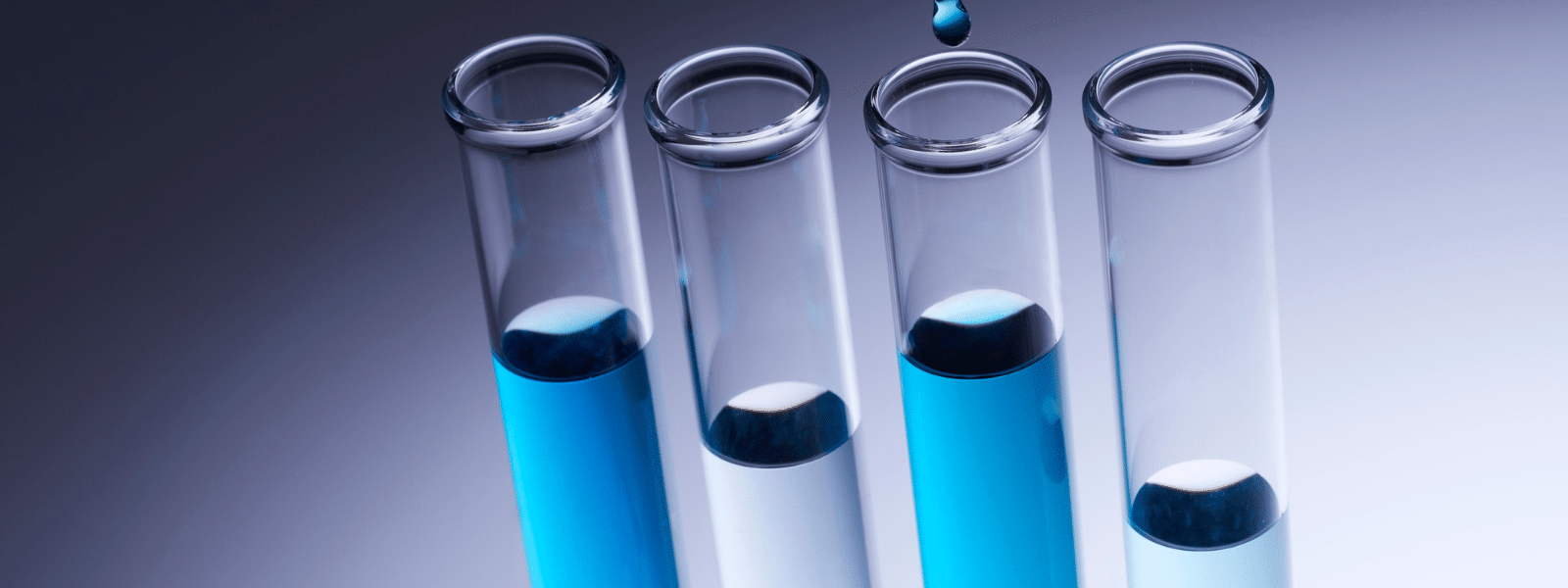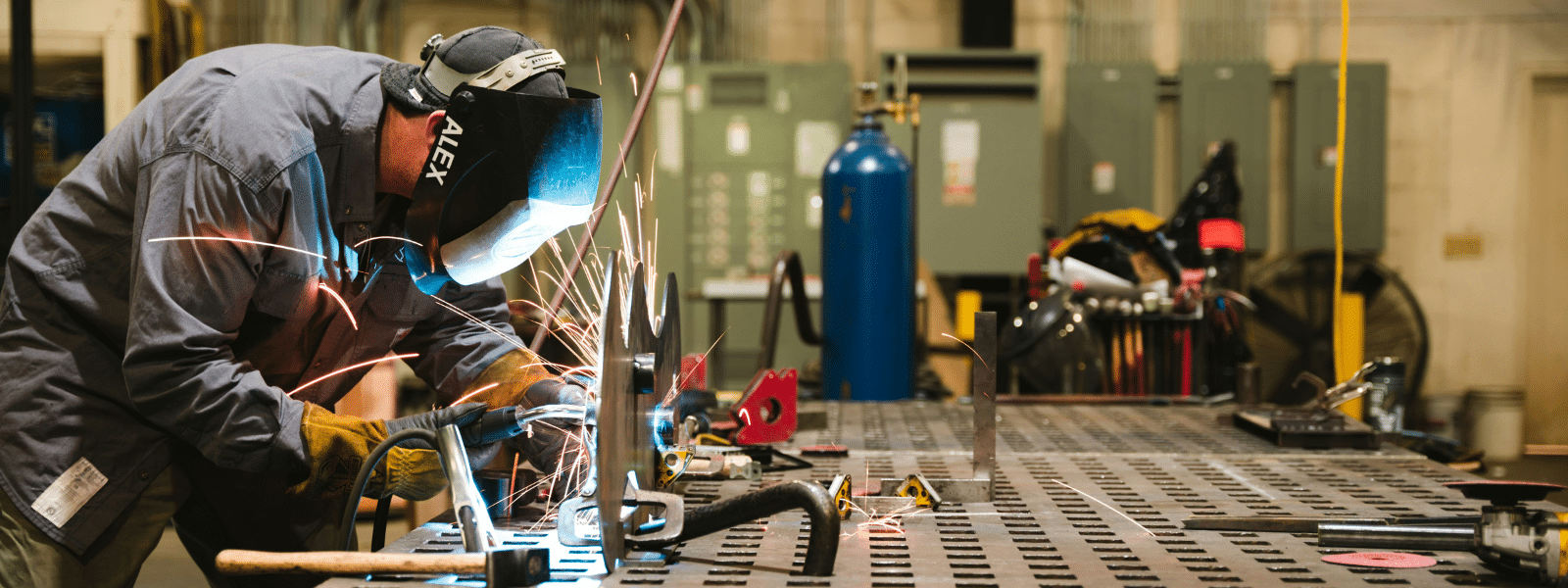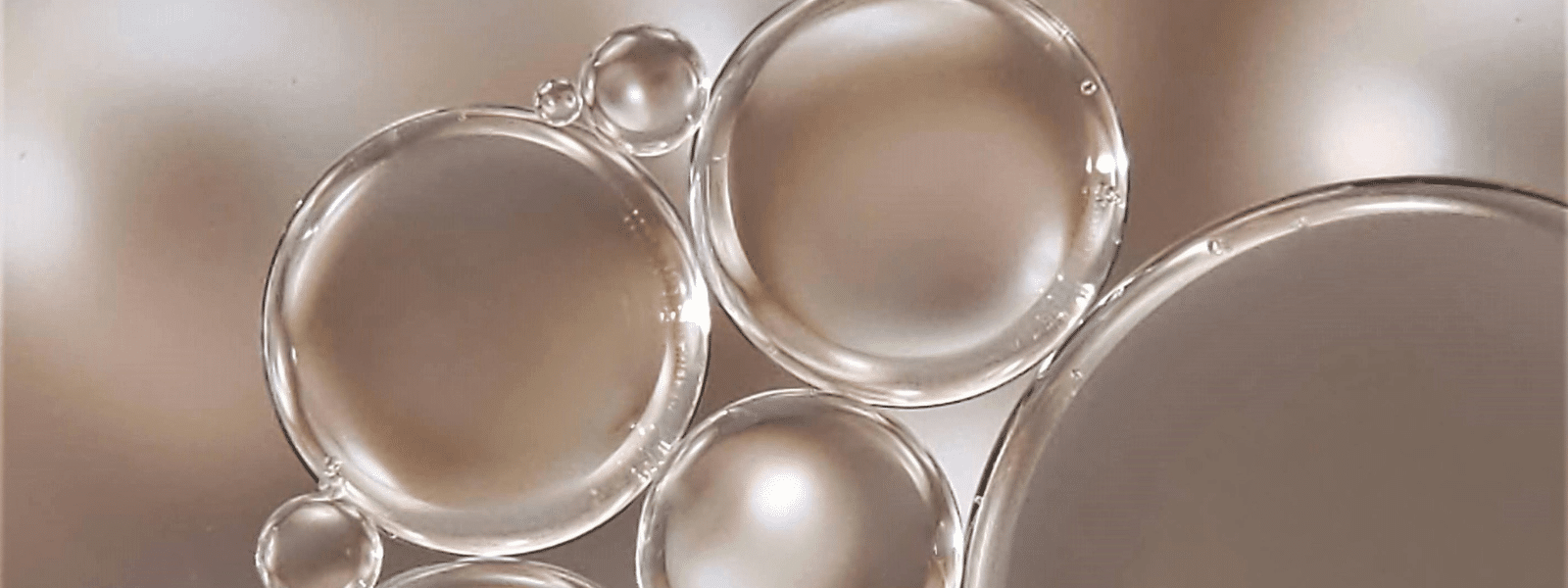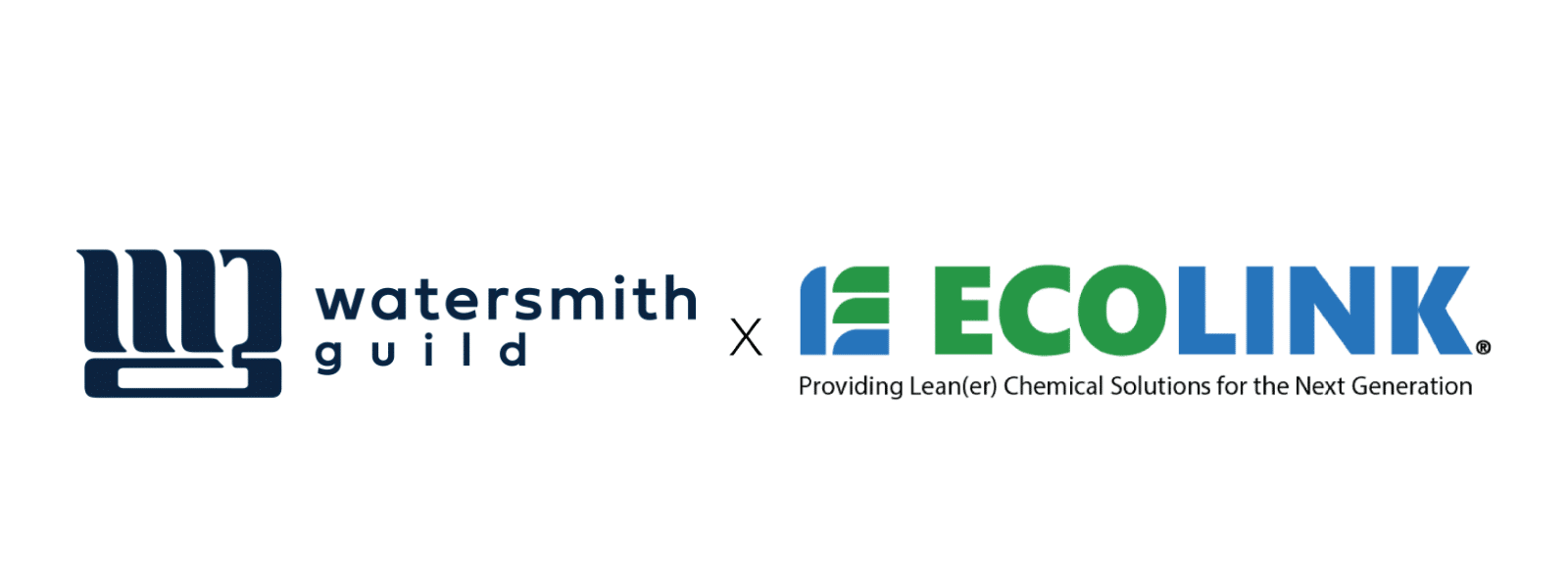Water treatment plants are extremely important to our society. There are multiple different kinds, and they can do things like make drinking water or treat wastewater (sewage). In this article, we’ll take a closer look at what exactly a water treatment plant is and the different things that these plants can be used for.
What is Water Treatment?
This is defined as any process that makes water suitable for specific end-use by enhancing its quality. Specific plants that treat water remove toxic impurities so that the water can reenter the environment without causing excess harm. Treating water restores the oxygen content to the water, while also breaking down:
- organic matter
- pollutants
- other solids
How Does Water Get to A Treatment Plant?
Water is delivered to different plants through a network of pipes or sewers that are connected to homes and other buildings. This creates a constant flow of water to the plant for treatment, and away from the plant once treated.
Wastewater Treatment Plants
Also known as WWTP, these plants treat water that comes from several types of locations:
- domestic
- industrial
- agricultural
- medical
Essentially, any facility that produces contaminated water must send their water to a WWTP so that it can be treated to be released into the environment with no detrimental impact. Sewage and industrial wastewater are the most common in these plants. Sewage water is any water that comes from toilets, bathtubs, sinks, showers, etc. Industrial wastewater comes from commercial facilities and has an entirely different composition than sewage. Once the wastewater undergoes treatment, it is inspected and reused or released into the environment.
Drinking-Water Treatment Plants
DWTP removes dangerous particles from water that may cause disease or disrupt the welfare of the public. These plants are responsible for supplying clean drinking water to the public. Water may be treated differently based on the quality of the water that comes into the plant in different locations. Examples of types of water that may enter a DWTP include:
- lake water
- ocean water
- river water
- groundwater
Once treatment occurs, the water is stored in a closed reservoir and is disinfected. After this, it can finally flow through the network of pipes to homes and other buildings.
A common way for this water to be treated is through reverse osmosis (RO), which is essentially a method of filtration that uses extreme amounts of pressure. This is usually seen in the foodservice industry, as well as in facilities that use boilers or other machinery that requires clean water.
Looking for Water Treatment Chemicals?
Contact Ecolink, Inc. today for assistance in purchasing the right chemicals for your needs! We provide a variety of water treatment chemicals to choose from!





